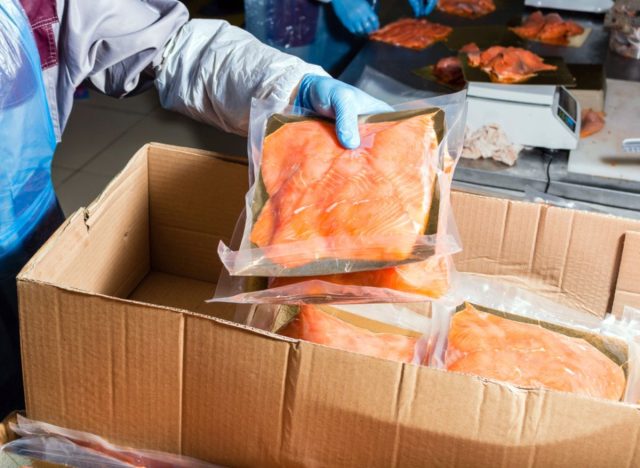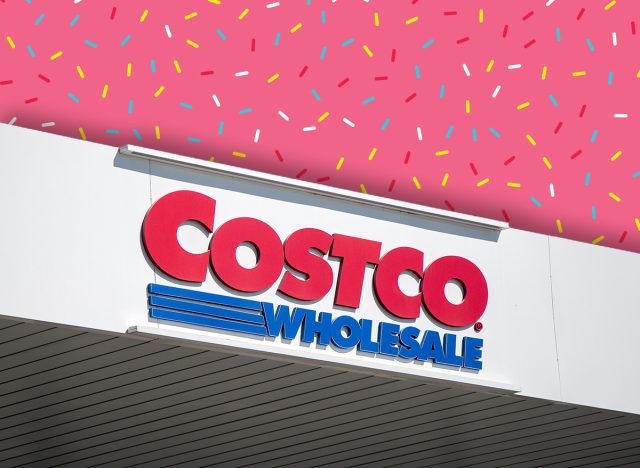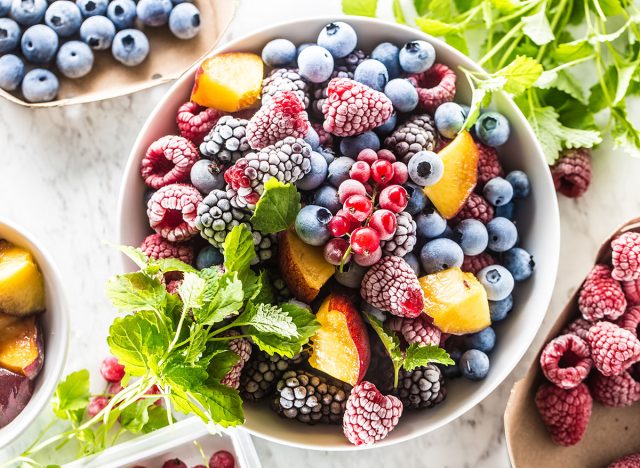11 Ways the Stock Market Slide Could Hit Your Grocery Bill This Week

President Trump’s sweeping new tariffs—and China’s swift retaliation—have set off a global economic chain reaction that’s now reaching the grocery aisle. The stock market’s steep decline reflects a broader uncertainty: trade costs are rising fast, and major retailers are scrambling to manage higher import prices on essentials. While some impacts will take months to fully hit shelves, others are already beginning to show up in surprising ways. From coffee to packaging to pantry staples, these are the early signs that your next grocery trip might get more expensive.
Fresh Produce With Short Supply Chains

Bananas from Guatemala and grapes from Peru now face a 10% tariff—and because fresh produce moves quickly through the supply chain, analysts say this is the first place shoppers will notice price changes. Expect a bump within days or weeks.
Seafood From Vietnam and India

Shrimp is a best-seller at grocery stores—and a top import from Vietnam and India, both now facing tariffs as high as 46% and 26%, respectively. Retailers with thinner margins may pass those increases on quickly.
Imported Coffee Beans

Coffee prices are already at historic highs. Now, with tariffs hitting beans from Vietnam, Colombia, and Brazil, buyers say specialty roasts could rise 10–35%—with sticker shock arriving in the next round of wholesale orders.
Canned Goods With Aluminum Packaging

Trump’s expanded tariffs now include a 25% duty on imported beer and empty aluminum cans, which affects not just drinks but also soups, beans, tomatoes, and other canned foods. Expect gradual price hikes across store-brand and national labels.
Trail Mixes and Nut Blends

Cashews—most of which come from Vietnam—are now subject to a 46% tariff. That cost could trickle down into trail mixes, energy bars, and nut butters, particularly from smaller brands with less pricing flexibility.
Private-Label Staples

Retailers like Costco, Walmart, and Kroger rely on imported goods to power their affordable house brands. But experts say tariffs will now pressure even these value-focused options. Shoppers may see a quiet price bump on staples like rice, frozen seafood, or sauces.
Imported Wine and Spirits

Tariffs as high as 31% on European wines and 24% on Japanese spirits are forcing distributors to reassess pricing. Some are already warning of price hikes on red wine, Champagne, sake, and Irish whiskey—especially in states with alcohol taxes layered on top.
Holiday and Seasonal Products

Christmas lights from Cambodia now face a 49% tariff, which will raise costs this holiday season. But seasonal food packaging and imported specialty items, like Italian panettone or holiday chocolate, may see higher prices this quarter as stores prep their orders.
Packaged Foods Using Monkfruit, Cocoa, or Spices

Functional snacks and “clean label” desserts often use imported monkfruit, cinnamon, cocoa, and turmeric. With new fees on Vietnam and India, importers are pulling back. Smaller brands may quietly raise prices or delay product launches.
Frozen Fruit and Vegetables

Frozen mango, pineapple, and berries—many of which are sourced from Costa Rica, Peru, or Thailand—now come with higher import costs. Retailers say they may have to reprice frozen smoothie ingredients and dessert toppings within weeks.
Everyday Packaging and Shipping Costs

Much of the packaging on food—from bottle caps to cardboard to glass—is sourced or processed overseas. That means tariffs will raise costs before the food even hits shelves, creating hidden price pressures across almost every grocery category.









